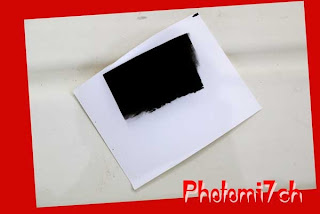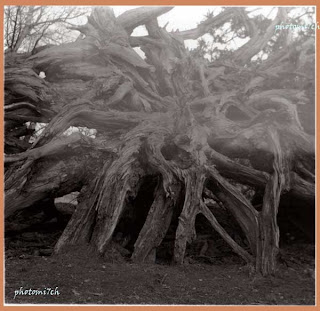 |
| Agfa APX negatives developed in Ilford ID11 |
This is
not the post I was expecting to write.
I recently made up five litres of ID11 so I could develop a roll of out date
HP5+. An extravagance you may think but really it was the catalyst for me to
bring back an old friend into regular use.
The other
day I processed a roll of 35mm monochrome film but there was something wrong
with the results. For starters the negatives looked wrong they didn't have the
round look you get with a fisheye lens.
I could not get my head round how the fisheye two from lomography could
change the look and shape of the negatives so completely. I'm going mad! a
senior moment! brain in neutral! I need help! Up to this point I had been
completely convinced that it was the roll of HP5. Then I noticed a black film
canister on my desk, opened it and found a reel of HP5!! What the ...! what was
developed then?? It turned out to be a roll of Agfa APX 100, that I had
forgotten all about and mistakenly processed as HP5. Now this is a first for
me, get it wrong and land on your feet! this has got to be one of the jammiest
balls up ever!
Now I'm over
the shock, I do not know why I should be surprised that they are a good set of
negatives. Film emulsion has a large latitude of forgiveness before it looses
its temper. I checked what the timing
should have been for Agfa APX and believe it or not my notes say that APX in
ID11 at ISO 100 should be developed for thirteen and a half minutes at 20C. I
had decided to process the out of date HP5 to fourteen mins.
 |
Agfa APX Film ISO 100
Developed in ID11 for 14 mins
Printed on silverproof matt
Developed in Moersch 6 blue tone. |
So this has
turned into a post about Agfa APX 100 developed in Ilfords ID11 results!
The
method used:
•
I
did not use a pre-soak.
•
Develop
for 14 minutes instead of 13.5. It would not have made much difference to the
quality of the negatives.
•
Invert
for the first thirty seconds and then for ten seconds every minute (which is
about four inversions)
•
stop,
fix and wash as usual.
The main
test of a good negative is when it is printed. Showing you how much detail
there is to be coaxed out of the high lights and shadows by dodging (holding
back) and burning in (extra exposure) to arrive at that stunning final
picture.
 For a film I
had mistaken for another make, the results are excellent, I have no
complaints!... except one; check what's written on the film canister first!
For a film I
had mistaken for another make, the results are excellent, I have no
complaints!... except one; check what's written on the film canister first!


































